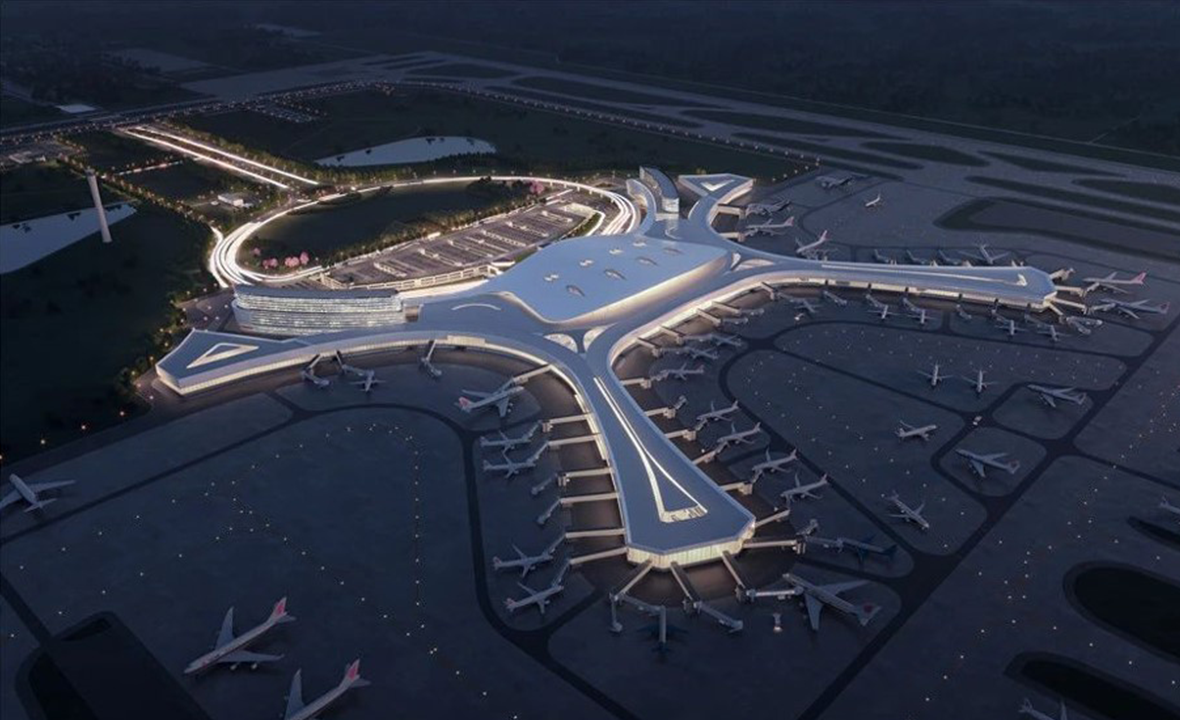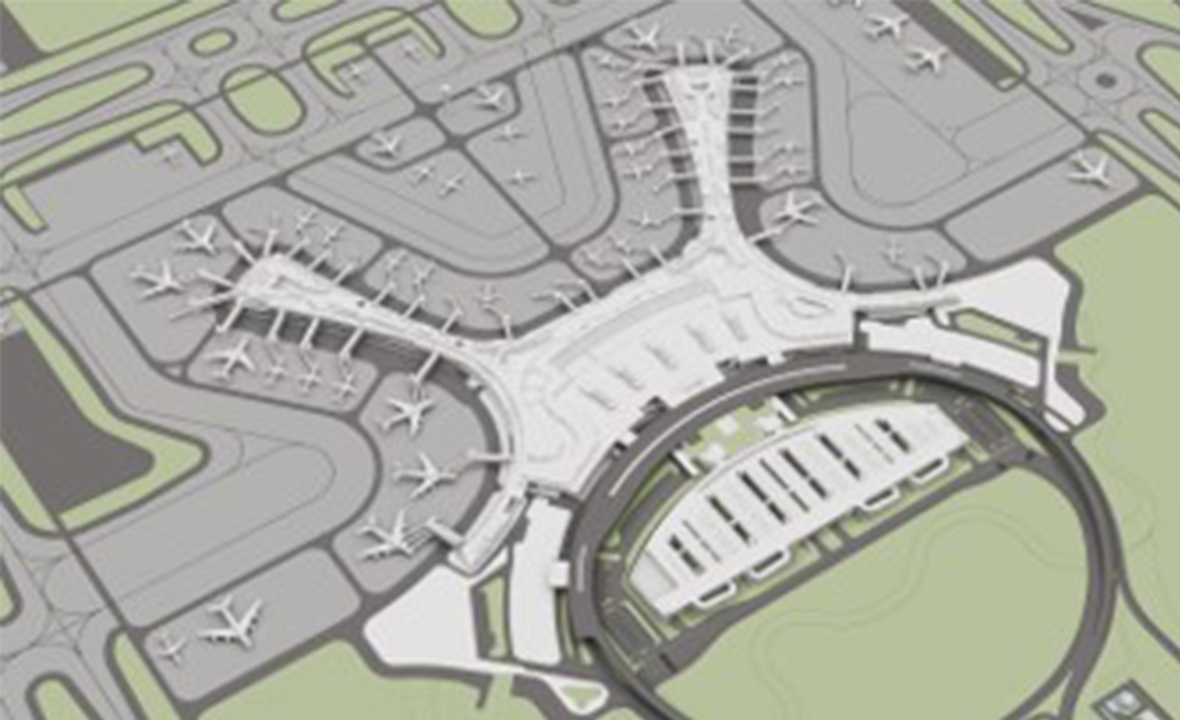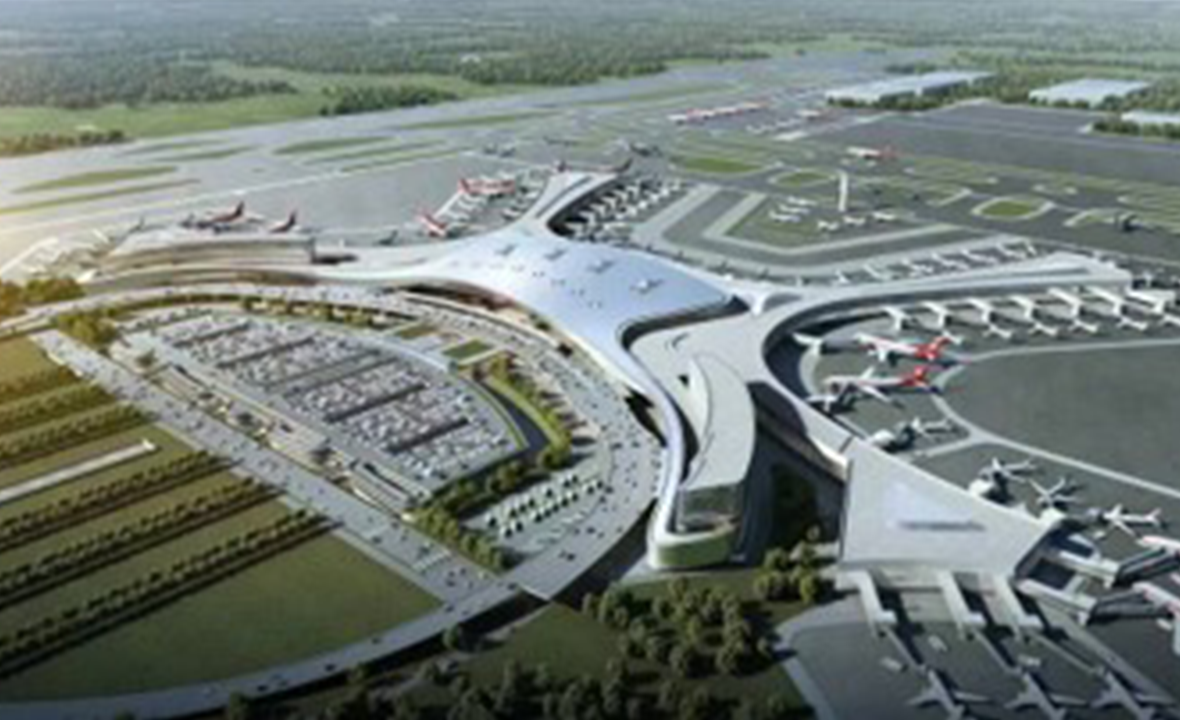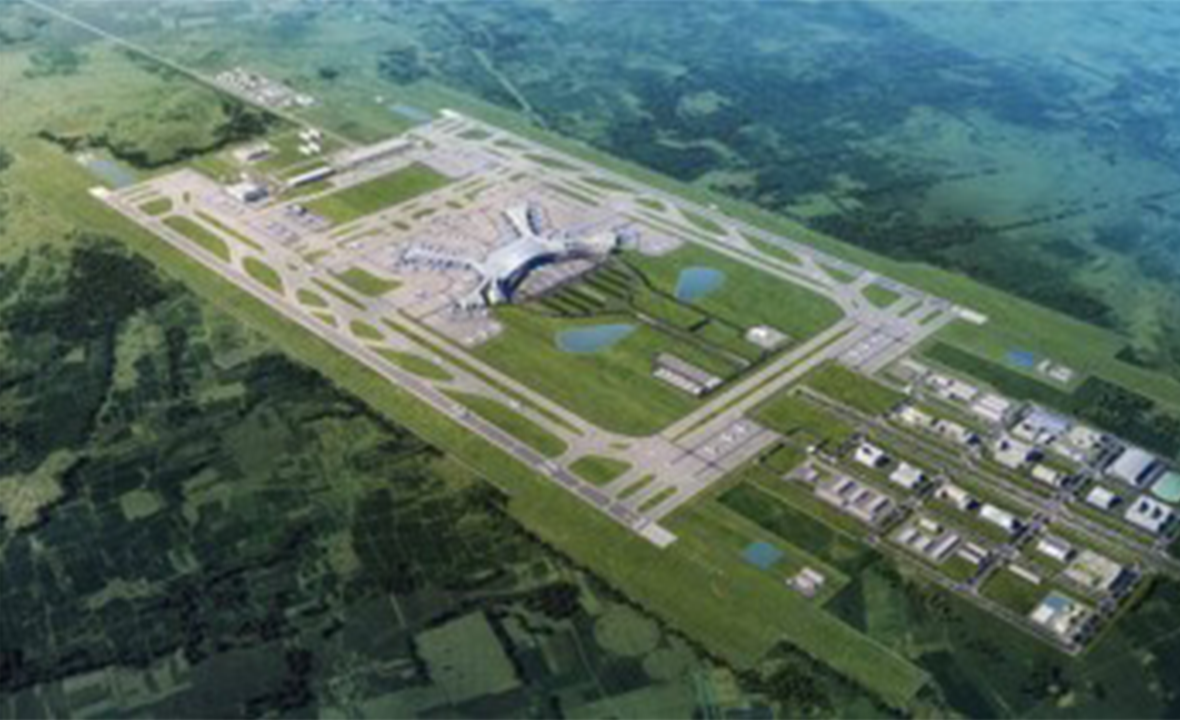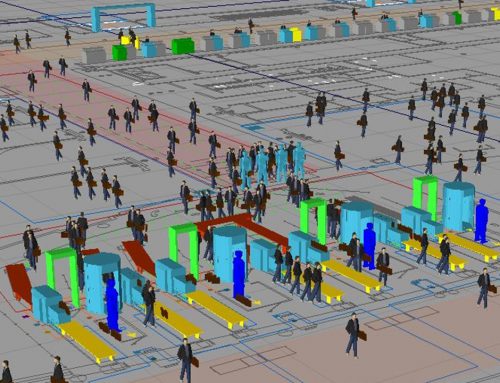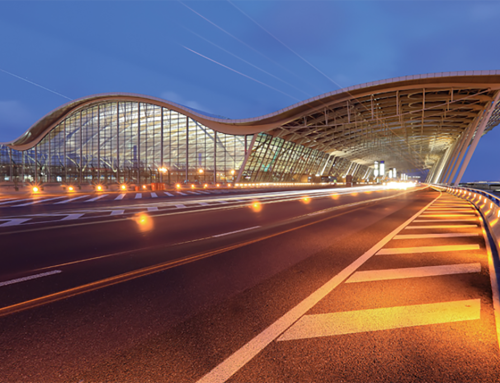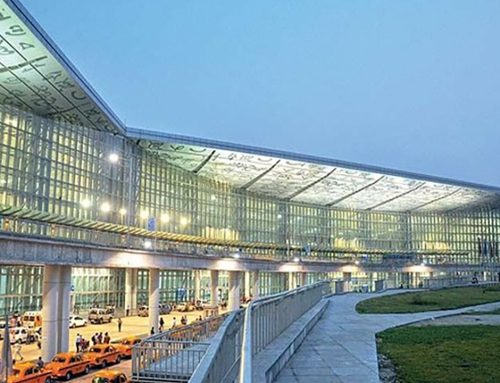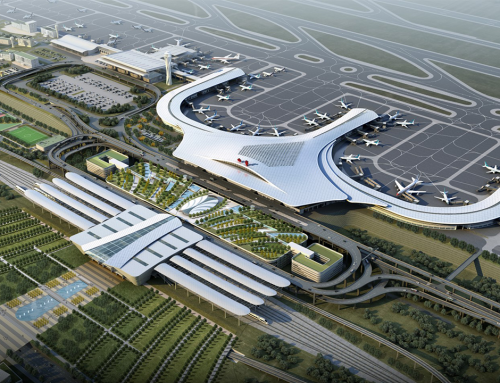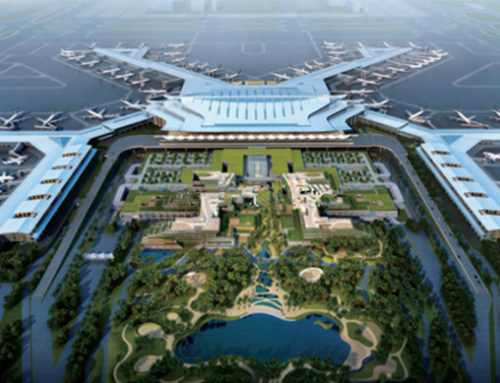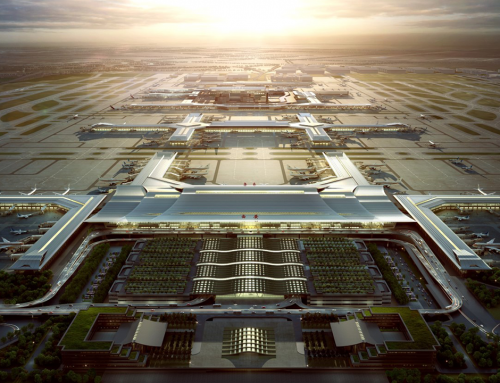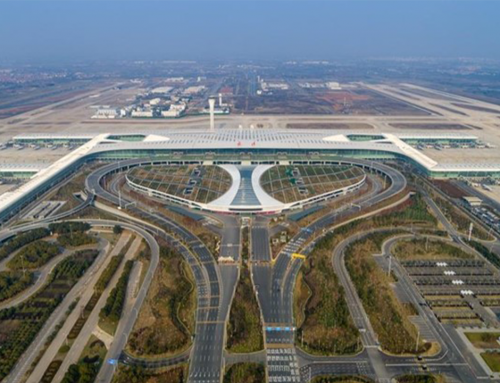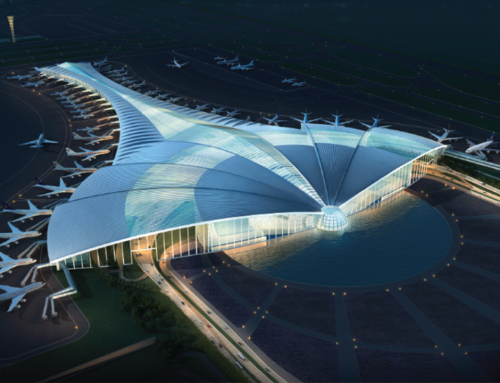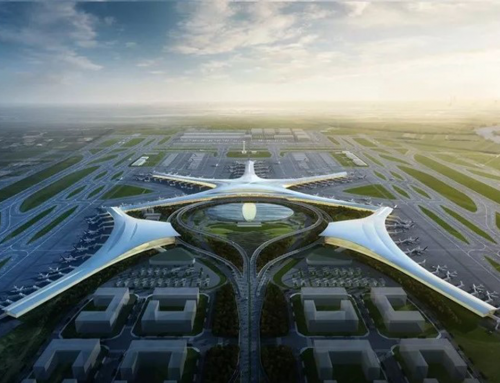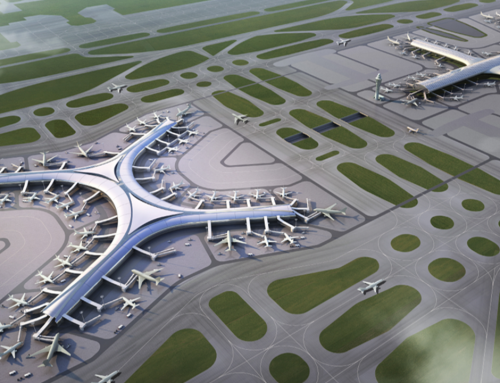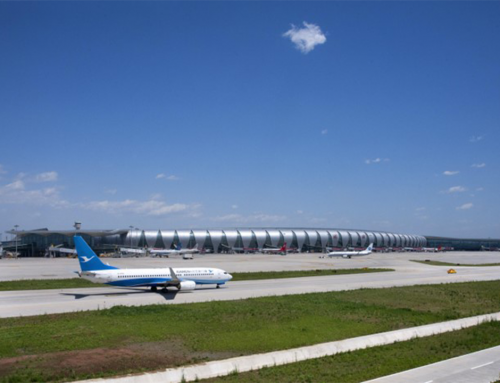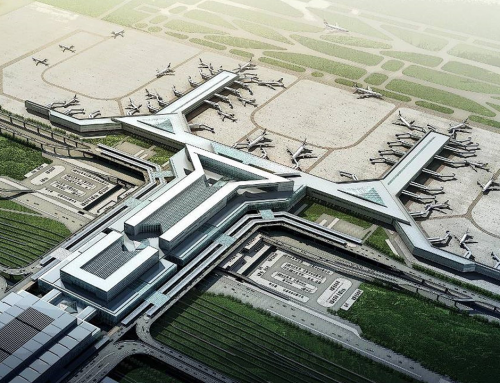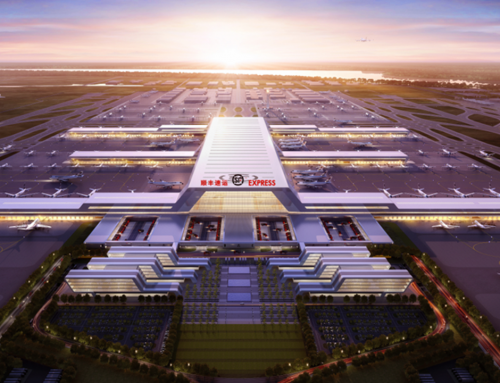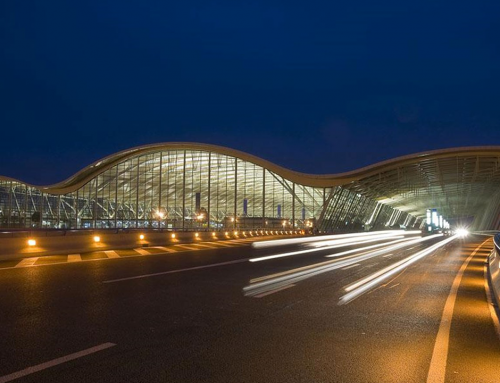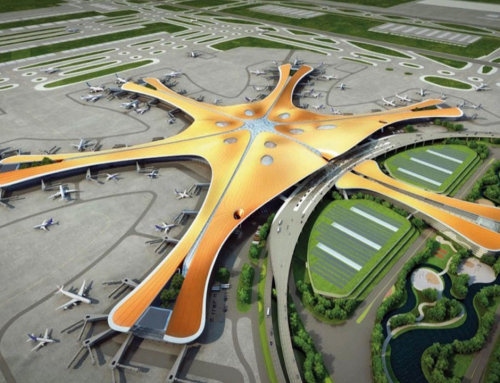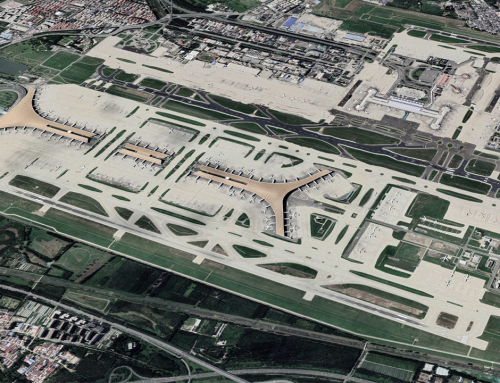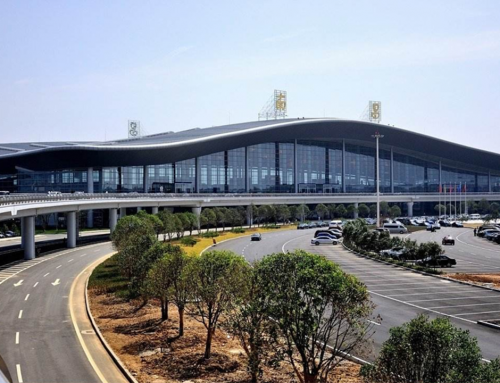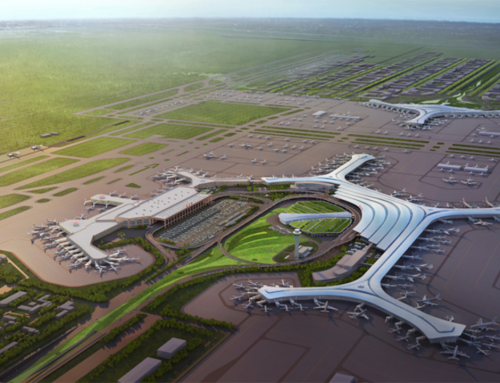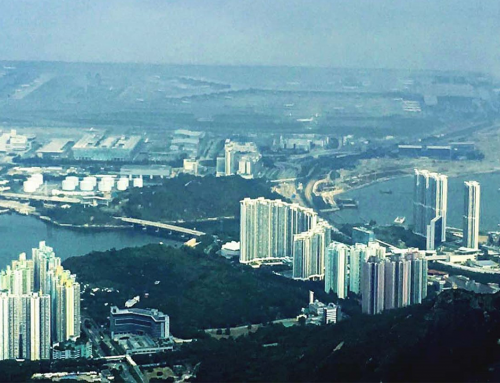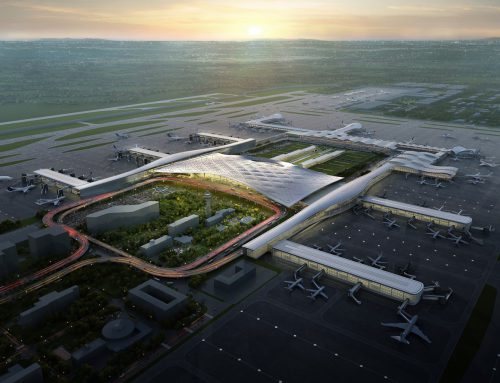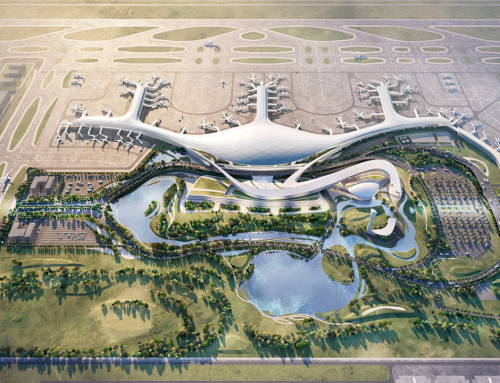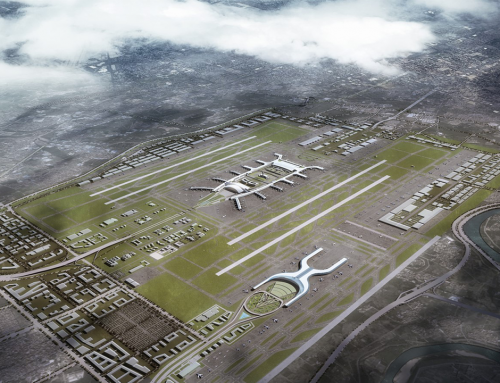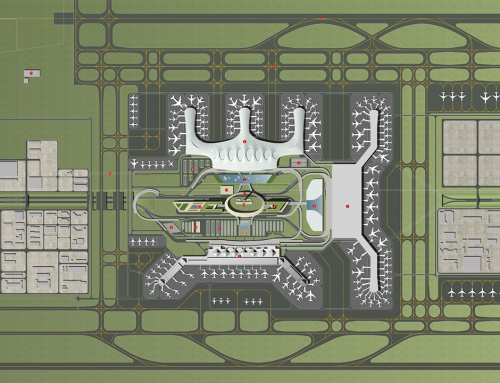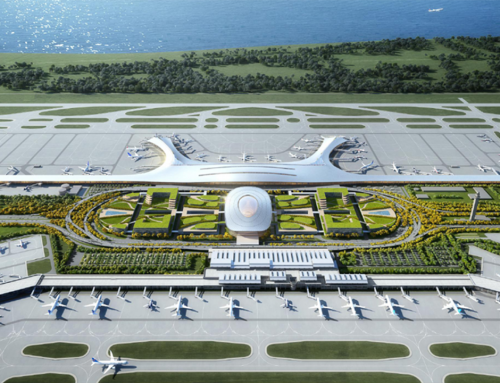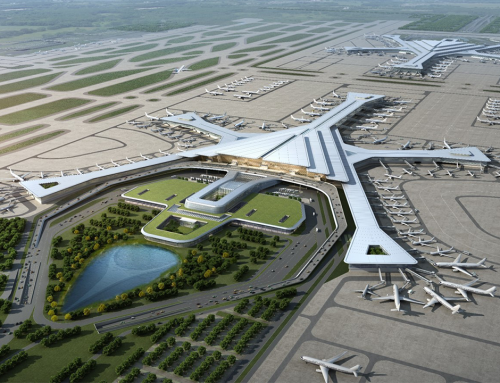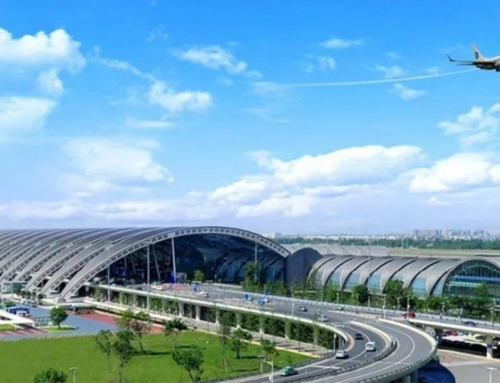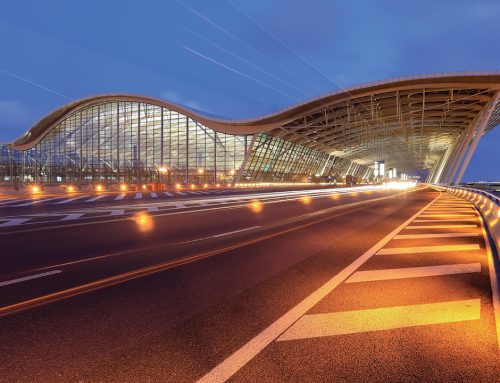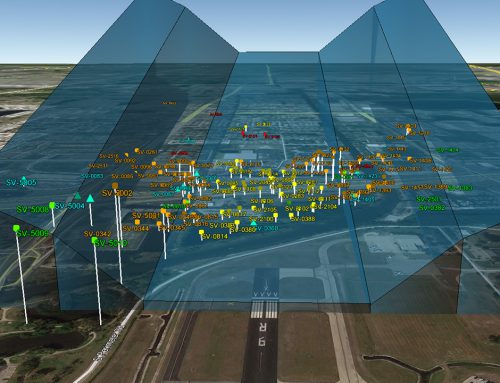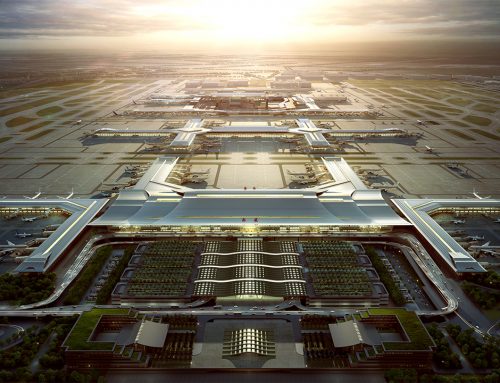Project Description
Hohhot Baita International Airport
Client: Hohhot Baita International Airport
In 2016, Landrum & Brown team won the new Hohhot airport of the T1 terminal building international consortium project. As a bridgehead for china’s opening to the north, Hohhot New Airport is an important connection to China with Russia, Mongolia, the Asia-Pacific region, and Europe. According to the approval pre-feasibility study, the T1 terminal main building is designed to meet the 28 million passenger capacity, 320,000 tons cargo, and 244,000 aircraft operation in 2030, adding 22 million passenger capacity terminal concourse, 200,000 tons of cargo, and 192,000 aircraft operation in 2025.
During the T1 terminal planning and design process, the stability of the capacity planning and phased construction of the T1 terminal has been impacted due to the adjustment of the short-term and long-term forecast demand of the master plan. Fully considered factors such as short-term and long-term planning goals, capital investment, gate requirements, passenger flow, and phased construction, the L&B team employed the method to carry out multiple rounds of schemes comparison and optimization for T1 terminal area configuration, and the concourse expansion and the T1 terminal area plan been finalized, which can flexibly increase the T1 capacity up to 35 million, this plan was not only in line with the investment reduction in the current phase but also in line with the short-term and long-term goals of the master plan.
During the T1 terminal planning and design process, L&B focused on analyzing the operation characteristics of Hohhot Airport, fully investigate and understand the opinions of various departments, including the transfer passenger for needs of “via Hohhot”, passenger facilities requirement, waiting areas, passenger flow, airside vehicle operation, aircraft docking and pushback on the gate.
The T1 terminal building is a terminal building with one underground floor and three floors above ground. The internal facade and interior decoration fully adopt the Mongolian and Yuan cultural symbols of “pan length” and “wan character brocade pattern” to reflect the ethnic group cultural elements and the regional cultural characteristics, perfectly combining traditional culture with modern features. After completion, it will provide passengers with a fast and smooth travel experience.
Other related studies include:
- GTC planning
